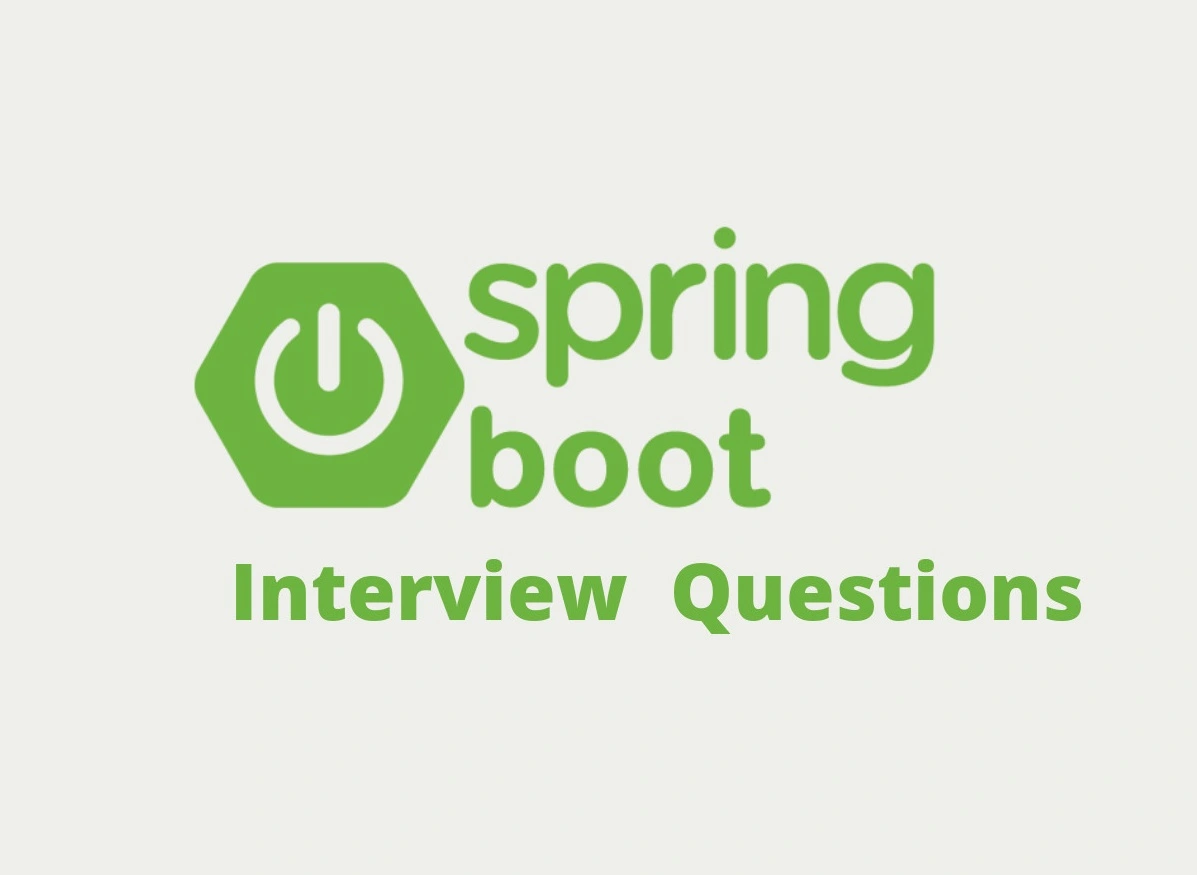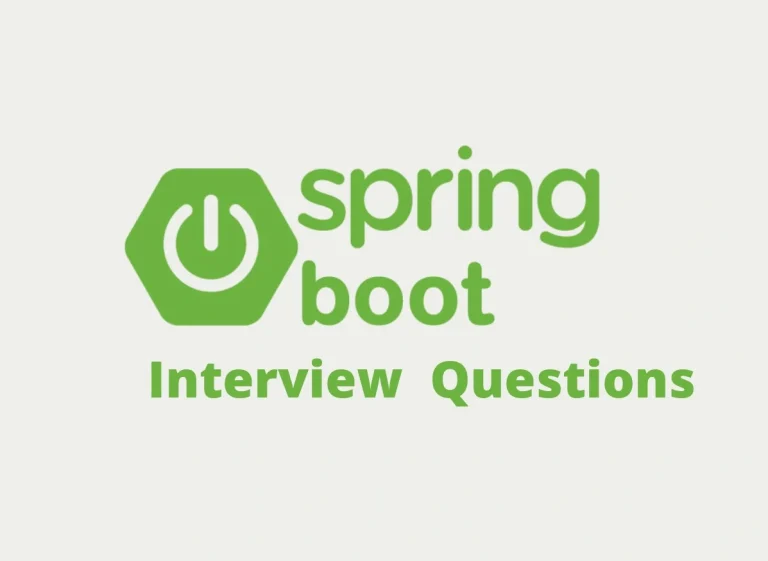Top 10 Spring Data JPA Interview Questions with Code Examples
Spring Data JPA is a part of the larger Spring Data family, providing a powerful suite of tools that simplify database interactions for Java applications. Its abstraction over JPA (Java Persistence API) empowers developers to focus on business logic while reducing boilerplate code. Understanding Spring Data JPA inside and out can drastically improve your ability to create scalable, maintainable applications—and is regularly assessed during technical interviews.
This guide answers the top 10 Spring Data JPA interview questions with accessible explanations, real-world examples, and insights to help you excel.
Table of Contents
- What is the Role of Spring Data JPA?
- What is CrudRepository vs JpaRepository?
- How Are Custom Queries Created with @Query?
- What Are Derived Query Methods?
- How is Pagination Handled in Spring Data?
- Difference Between fetch = FetchType.LAZY vs EAGER
- Use of EntityGraph
- How to Use Specifications and Criteria API?
- Native SQL vs JPQL Queries
- Transactional Boundaries and Rollback Scenarios
1. What is the Role of Spring Data JPA?
Spring Data JPA aims to reduce the amount of boilerplate code needed to implement data access layers.
Key Features:
- Provides abstractions for JPA-based repositories.
- Simplifies CRUD operations with predefined methods.
- Allows the creation of custom queries using annotations or method names.
- Supports pagination, projections, and dynamic queries with
Specifications.
Example:
Without Spring Data JPA:
EntityManager em = entityManagerFactory.createEntityManager();
Query query = em.createQuery("SELECT e FROM Employee e WHERE e.id = :id");
query.setParameter("id", 1);
Employee result = (Employee) query.getSingleResult();
With Spring Data JPA:
@Repository
public interface EmployeeRepository extends JpaRepository<Employee, Integer> {
Optional<Employee> findById(Integer id);
}
Pro Tip: Spring Data JPA eliminates the need for repetitive code, making applications cleaner and faster to develop.
Learn more about Spring Data JPA
2. What is CrudRepository vs JpaRepository?
Both CrudRepository and JpaRepository are part of Spring Data JPA and simplify data persistence operations, but they differ in functionality.
| Aspect | CrudRepository | JpaRepository |
|————————–|——————————————-|—————————————-|
| Purpose | Basic CRUD operations. | Adds JPA-specific features. |
| Features | save, delete, findById, etc. | Includes batch operations and pagination. |
| Example Method | Doesn’t include findAll(Pageable p). | Supports paginated queries using Pageable.|
Example:
// Extending JpaRepository for richer methods
@Repository
public interface EmployeeRepository extends JpaRepository<Employee, Long> {
List<Employee> findByDepartment(String department);
}
Read more about the Repository hierarchy
3. How Are Custom Queries Created with @Query?
Spring Data JPA supports writing custom queries using the @Query annotation.
Example:
@Repository
public interface EmployeeRepository extends JpaRepository<Employee, Long> {
@Query("SELECT e FROM Employee e WHERE e.salary > :salary")
List<Employee> findEmployeesWithHighSalary(@Param("salary") double salary);
}
Custom queries can also use native SQL:
@Query(value = "SELECT * FROM employee WHERE salary > :salary", nativeQuery = true)
List<Employee> findEmployeesNative(@Param("salary") double salary);
Pro Tip: Use native queries sparingly as they bypass JPA’s abstraction and portability.
4. What Are Derived Query Methods?
Derived query methods generate queries based on method names, avoiding the need to write SQL or JPQL.
Syntax:
findBy<Property>()
Example:
List<Employee> findByLastName(String lastName);
Derived queries also handle complex conditions:
List<Employee> findByLastNameAndDepartment(String lastName, String department);
Pro Tip: Use derived methods for simple queries to save time and reduce boilerplate code.
5. How is Pagination Handled in Spring Data?
Pagination in Spring Data JPA is powered by the Pageable and Page interfaces.
Example:
PageRequest pageable = PageRequest.of(0, 5, Sort.by("salary").descending());
Page<Employee> employees = repository.findAll(pageable);
Pro Tip: Spring Data JPA integrates pagination seamlessly, helping manage large datasets effectively.
6. Difference Between fetch = FetchType.LAZY vs EAGER
| Aspect | FetchType.LAZY | FetchType.EAGER |
|——————|————————————————|————————————————|
| Behavior | Loads related entities when explicitly accessed.| Loads all related entities immediately. |
| Performance | More efficient for large datasets. | Additional overhead even if related data isn’t used.|
Example:
@ManyToOne(fetch = FetchType.LAZY) private Department department;
Pro Tip: Always use FetchType.LAZY unless data is required upfront.
7. Use of EntityGraph
EntityGraph allows fetching related entities more efficiently.
Example:
@EntityGraph(attributePaths = {"department", "manager"})
List<Employee> findByLastName(String lastName);
Use Case: Replace N+1 problem introduced by FetchType.LAZY.
8. How to Use Specifications and Criteria API?
The Specifications interface in Spring Data JPA enables dynamic, type-safe queries.
Example:
public Specification<Employee> hasHighSalary(double salary) {
return (root, query, builder) -> builder.greaterThan(root.get("salary"), salary);
}
Pro Tip: CriteriaAPI is essential for constructing flexible, complex queries.
Criteria API vs Specifications
9. Native SQL vs JPQL Queries
| Aspect | Native SQL | JPQL |
|——————–|————————————————–|——————————————–|
| Syntax | Follows database-specific SQL. | Object-oriented query language. |
| Advantage | Leverages database-specific features. | Database agnostic, portable across environments.|
Pro Tip: Use JPQL when portability is essential, and native SQL for database-optimized tasks.
10. Transactional Boundaries and Rollback Scenarios
Use @Transactional to define transactional boundaries in Spring Data JPA.
Example:
@Transactional
public void updateEmployeeSalary(Long id, double newSalary) {
repository.findById(id).ifPresent(employee -> {
employee.setSalary(newSalary);
repository.save(employee);
});
}
Rollback can be managed using:
@Transactional(rollbackFor = Exception.class)
Explore transactional behavior
FAQs
What is the advantage of JpaRepository over CrudRepository?
JpaRepository extends CrudRepository by including JPA-specific operations, making it more feature-rich.
How can lazy-loading improve performance?
Lazy loading defers the retrieval of related data, reducing initial query load and memory usage.
What are the limitations of @Query in complex queries?
@Query is limited for dynamic queries. Use CriteriaBuilder or Specifications for flexibility.
Summary
Spring Data JPA simplifies database interactions with robust abstractions and powerful features like derived methods, pagination, entity graphs, and dynamic queries. By mastering these concepts and examples, you’ll be well-prepared for technical interviews and better equipped to design scalable, maintainable applications.
Keep exploring its vast capabilities and bring efficiency to your data access layer!



